The nuances of caring for raspberries in spring
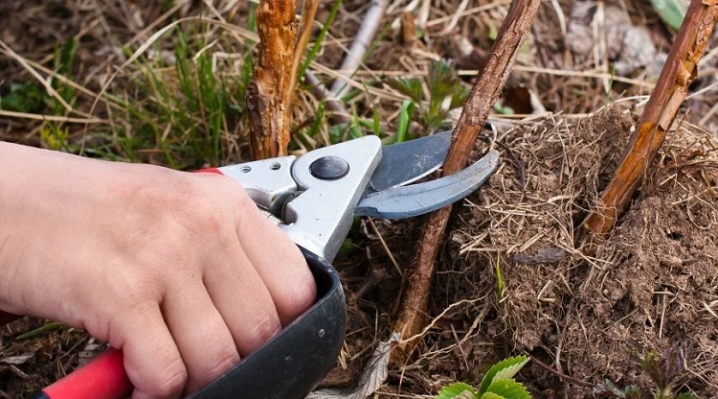
Raspberries are a frequent choice of gardeners. The shrub takes root well, grows, yields a harvest. You just need to provide him with proper and timely care. Therefore, novice gardeners must take into account the nuances of caring for raspberries in spring.
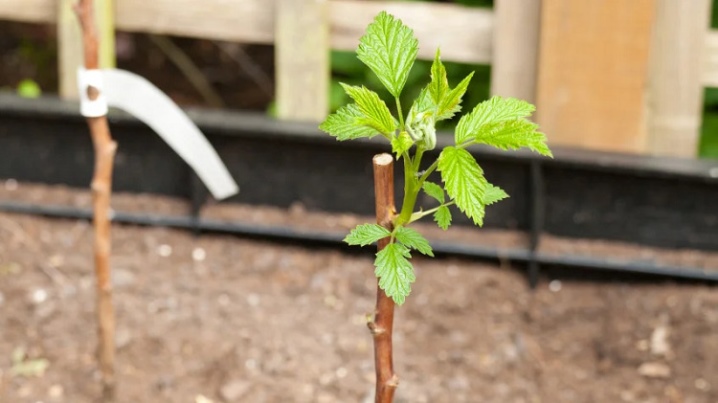
How and when to remove the shelter?
As soon as the snow begins to gradually melt, summer residents rush to their plots, since there is always enough work after winter. Opening and undoing raspberries should be based on the conditions of your region. For example, in Siberia. This can only happen in April, and in the Leningrad Region the shelter can be removed in March. In any case, this should be done when the snow has completely melted and the temperature is stable without sudden jumps.
After the raspberries are freed from the covering material, the shoots should be straightened if they were bent down for winter before wintering. It is very important not only to remove all the covering material, but also to clean the raspberry tree well, to scoop up the remnants of last year's dry foliage, grass, broken twigs and weeds.
All this must be collected and burned, since harmful bacteria can be found there, as well as insect pests that hibernated in the foliage. The old layer of mulch must also be cleaned and destroyed.

Pruning
First of all, after removing the covering material, the bushes should be well examined. It is necessary to do both sanitary and anti-aging pruning.
- In the first case, it is worth removing all dry, broken frozen branches, as well as those that do not have viable buds. The tops should also be examined. Frozen tips must be removed. It is in these places that bacteria then collect, and from here all kinds of fungal diseases begin.
- In the second option, further growth of the bushes needs to be stimulated. To do this, it is worth shortening the shoots to 2/3, and also pinching the tops of the bushes, which will lead to additional growth of the side branches, even if they look completely healthy.
- Some gardeners use a method in which the branches are shortened to different lengths, so you can control the ripening process of the crop, it will occur in waves. First, one part of the shoots will bear berries, then the other.
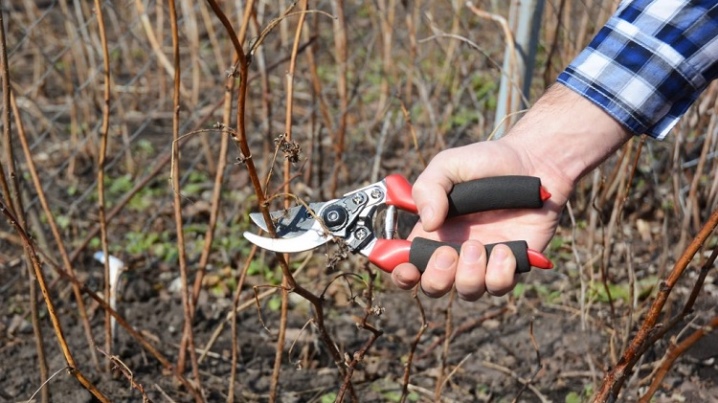
Watering
As for watering, here you should focus on the weather conditions of your region. If raspberries are grown in areas where there was a lot of snow in winter, then its melting in sufficient quantities will supply the soil with moisture, so do not rush to watering. The soil will be moist anyway. Provided that raspberries are rubbed, for example, in the Krasnodar Territory, and here snow is an extremely rare phenomenon, you need to look at what spring is this year.
If it rains frequently, watering is also unnecessary. Sunny warm days indicate that the soil should be checked, and if it is dry, then water it. In the future, everything will also depend on the weather. Provided that there is no rain, it is imperative to water the bushes, since during the growing season water is extremely necessary for raspberries. A full watering once a week in the absence of rain will be sufficient.
With this watering, up to 10 liters of water are poured under the bush. It is best to water the bushes with warm, settled water.
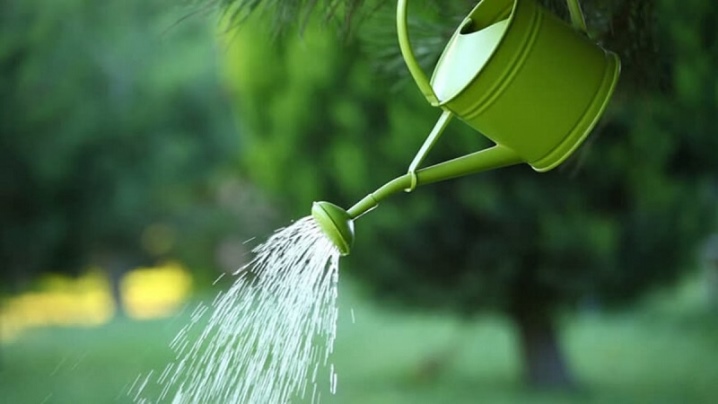
Top dressing
In terms of fertilizing, the opinions of gardeners differ, everyone cares for raspberries as experience dictates. Some believe that there is no need to feed raspberries at all. Others argue that the bush responds very gratefully to feeding and gives a good harvest.It is very important to supply the plants with nitrogen during the spring months. This will allow you to grow green shoots faster, improve flowering and fruiting.
You can buy ready-made fertilizer in the form of granules - ammonium nitrate or nitroammophos. To apply fertilizer, you need to dig up the soil in the near-trunk circle and place granules there, about 40-50 grams per square meter, then water the bushes with water. After two 2-3 weeks, you can add phosphorus-potassium fertilizers, they can also be applied in the form of granules or diluted with water. Suitable for raspberry fertilizer and in the form of bird droppings or manure. In this case, the fertilizer is diluted with water in a ratio of 1 to 10.
But do not get too carried away with feeding. They are needed during the flowering and fruiting period, but the break between them should be at least two weeks.
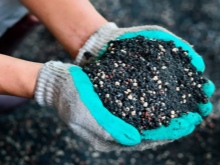
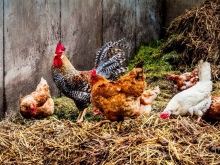
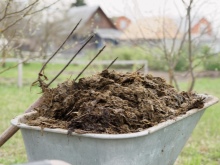
Other jobs
In the spring, there are many other works that need to be done to make the raspberries look healthy and bear fruit well. Raspberry care in spring includes a variety of treatments. And if experienced gardeners know perfectly well what to do with bushes in the open field in the country, then useful recommendations will come in handy for beginners.
Loosening
This manipulation is performed regularly and in the spring as well. First of all, in the spring, weeds begin to appear very quickly and grow actively. They need to be removed, this is also a kind of mini-loosening. It is also produced when fertilizer granules are applied to the soil. It is possible to loosen the soil separately from these manipulations, this supplies the soil with air, does not allow the formation of a crust, which has a detrimental effect on the plants. In general, one loosening in 2-3 weeks is enough.
At the first spring loosening in the spring, it is worth deepening into the soil by 15 cm in the aisles. Near the roots, you need to loosen the soil carefully so as not to damage the roots. The depth is about 5 cm.

Mulching
Some gardeners believe that it is imperative to mulch the bushes, others do without this procedure and still get a crop. But it is worth considering that mulch gives a lot of advantages:
- moisture in the soil lasts longer, which reduces the amount of watering;
- weeds germinate much more slowly, it is easier to deal with them;
- the appearance of such beds is more attractive, they look well-groomed and clean.
Sawdust, straw, chopped dry grass are well suited as mulch. If mulch was laid before wintering, in spring it should be collected and a new layer should be laid.
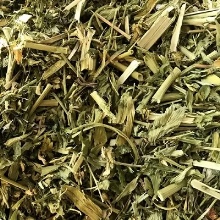
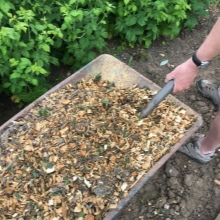
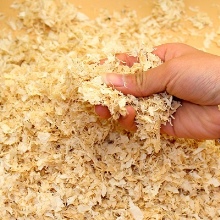
Treatment against diseases and pests
This is one of the most important points, if not fundamental. Indeed, due to the invasion of pests or the occurrence of any disease, you can simply completely lose the raspberry tree. And here summer residents use a variety of methods, some treat the bushes with urea, others actively use ammonia, and still others spray with an ash solution. All methods are good in their own way. But there are drugs that guarantee a good result. In all cases, it is better to use preventive measures, since then the treatment of the shrub and getting rid of the pests can become a very protracted process and, unfortunately, not always leading to a 100% result. Some summer residents get rid of pests by pouring boiling water over the beds. But this option is possible when preparing the soil, when there are no plants there yet. In the case of raspberries, you need to be very careful.
You can water with hot water within 60-70 degrees, but only in early spring, when the air temperature is kept at zero. Then the ground is not yet warmed up - in this case, you cannot harm the roots of the plant. In most cases, spring treatment of bushes is carried out with Bordeaux liquid; iron and copper sulfate has the same effect. You need to process the plants before bud break. They can be sprayed with the prepared composition according to the instructions contained on the package, as well as water the soil near the bushes.This is good protection against a number of pests, but above all against fungal diseases, which quite often affect raspberries.
When fruits are tied on the bushes, these options cannot be used. Then it is worth using phytosporin, it is a good prophylactic agent, it can be sprayed with raspberry bushes throughout the entire fruiting period.
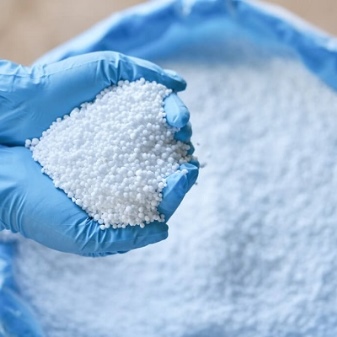
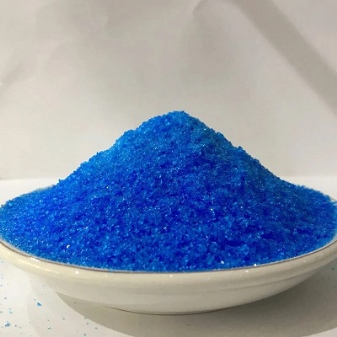
Thinning
In the spring, raspberries give a lot of shoots, the raspberry thickens. This must be fought, since thickening leads to poor air circulation, branches interfere with each other, and all this provokes the onset of fungal diseases. In addition, the remaining young growth takes away strength from the bushes. Therefore, it is worth carefully examining the new sprouts. The smallest and middle ones are best removed immediately. You can leave more robust large bushes, which can then yield a harvest and serve as a replacement for old bushes.
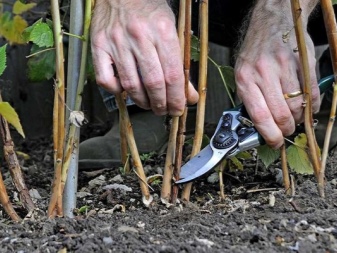
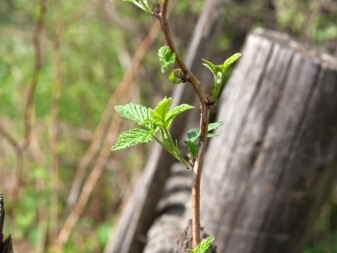
Transfer
This manipulation should be done in early spring, when the growing season has not yet begun. To do this, in the chosen place, pits for the bushes are prepared in advance. The chosen location should be sunny. It is good if part of the time this area is illuminated by the sun, and for some time it is in the shade. Raspberries need loose, fertile soil, not acidified, this should be taken into account. You also need to prepare in advance and the composition for future planting. In addition to land, it should include peat, humus, ash.
If the pits have been prepared, they should be well moistened. Then the bushes that are planned to be transplanted must be carefully removed from their original place. To do this, you need to carefully dig up the soil with a shovel and remove the bush along with a lump of earth. This increases the likelihood that the seedling will quickly take root in a new place. Next, the bush is transferred to a new hole, the prepared composition is poured, tamped well, watered, then the rest is poured, tamped and watered again. At first, you do not need to fertilize the bushes, because they are planted in a fertile composition. At first, very thorough watering should be ensured. The ground should be constantly moderately moist. This is especially true if the weather is dry and hot.

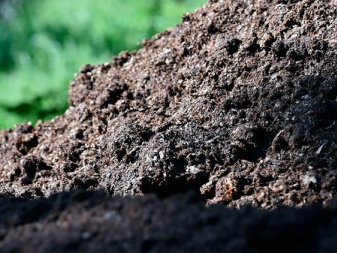
Region-specific care tips
All the activities considered are necessarily carried out regardless of the region in which the garden is located. The only difference can be only in the timing of the start of active actions. If in the Kuban, for example, they begin in March, then in the Moscow region - in April. And in Transbaikalia and Siberia, the beginning of this period may shift to May.
To see healthy plants and get a yearly harvest, you need to properly care for raspberries, although every gardener has his own little secrets. It would seem that all methods of caring for raspberries are known, but gardeners are finding new opportunities to improve the development of bushes and increase harvest.
- Some people believe that a good harvest can only be achieved in sunny areas. You cannot plant raspberries in shaded areas, and even more so near large trees that give shade, since raspberries are among those crops that are very demanding on the sun. Otherwise, there may be few berries, and in addition, they will be small and tasteless.
- Another important point is mulch. Here, too, the opinions of gardeners are different. But most of them insist that mulch is the key to a good bountiful harvest. It saves from pests, and from weeds, and from the development of diseases. Some even use ordinary weeds as mulch. Of course, they must first be removed from the soil, dried well in the sun, and then laid in a dense layer under the lips. If it is possible to grind them, this is generally ideal.
- Many people practice the use of ammonia, and both as a top dressing, and as a drug for the prevention of various diseases and pest control.To combat pests, 2 tablespoons are diluted in 10 liters of water and any soap solution (liquid soap, shampoo, shower gel) is added so that the composition is better fixed on the bushes. When warm weather sets in, you can prepare a composition of 3 tablespoons of ammonia and 10 liters of water. With this solution, you can water the bushes and spray the leaves. If you add tar soap, the effect is only enhanced. This is a good feeding and prevention of fungal diseases.
- Another important ingredient that raspberries need is ash. It can be poured directly under the bush several times during the season. Ash will serve as a good feeding and scare away pests from raspberry bushes.
- Most gardeners are of the opinion that the frequent use of Bordeaux liquid is unacceptable. Therefore, it is enough to process the plants once in early spring. The rest of the time, use phytosporin, which is harmless to both the plant and the soil, and even to the fruits.
Every gardener seeks his own methods and often, through trial and error, comes to the ideal option that suits him in all respects.
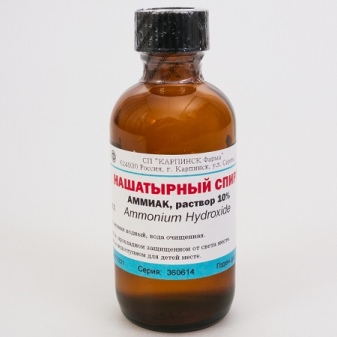
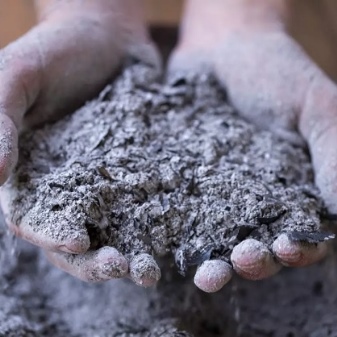













The comment was sent successfully.